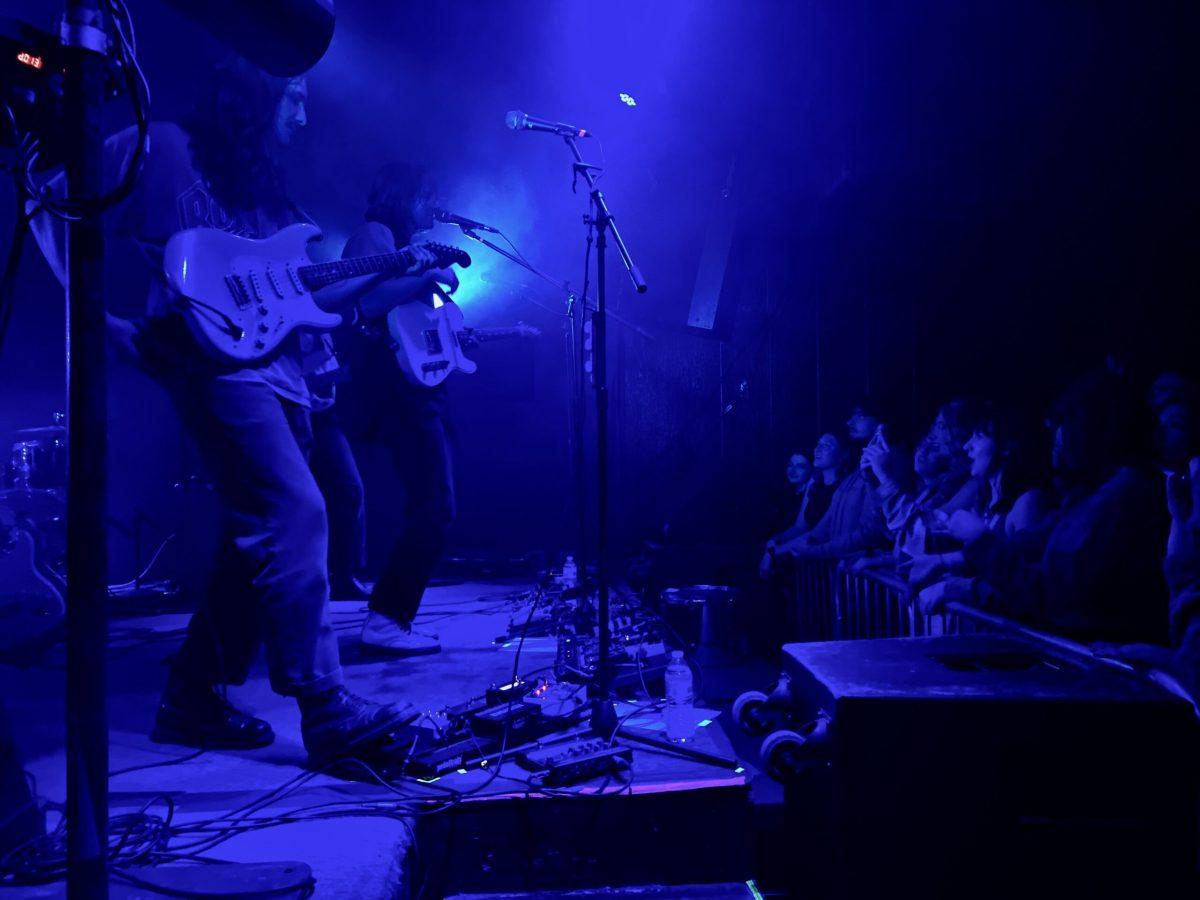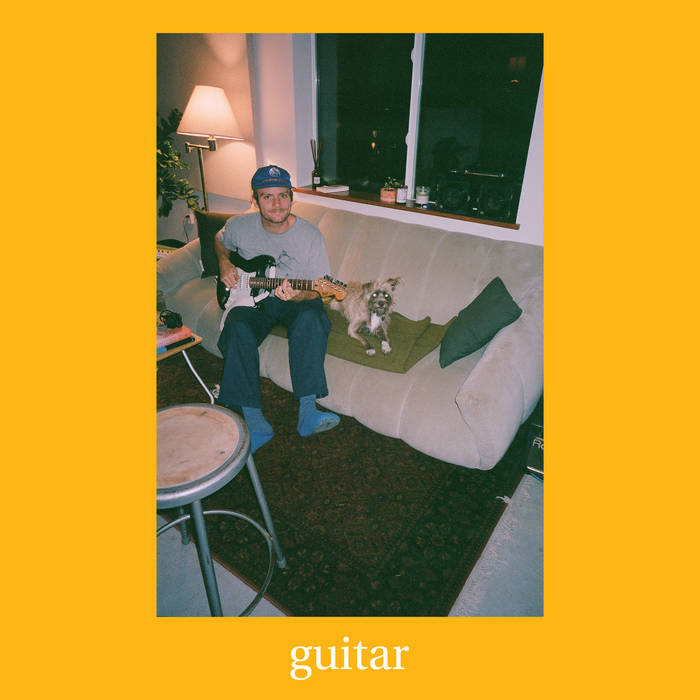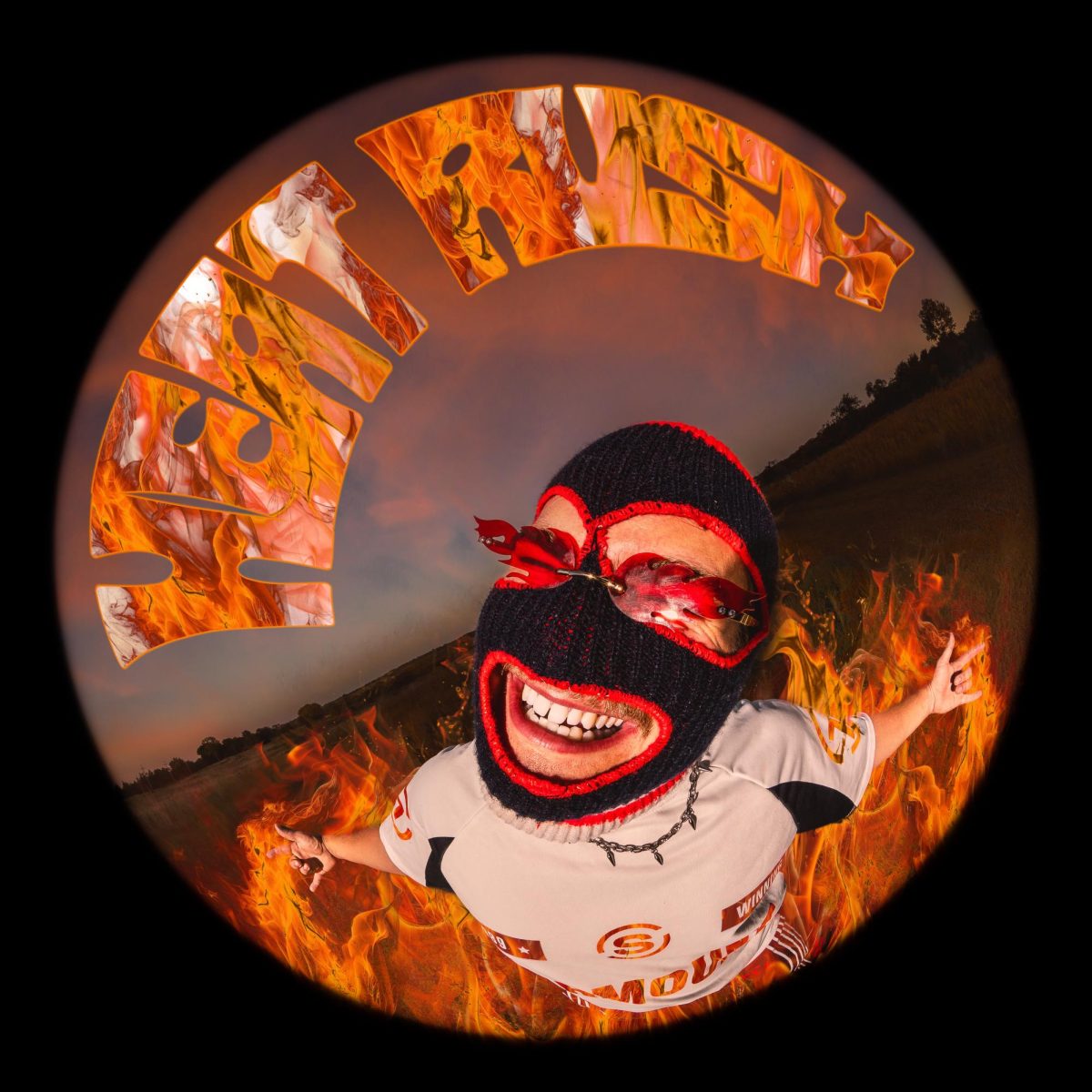I walk into one of the coffee shops that I’d been frequenting for 4 years to find it has been turned into a makeshift movie theatre for the screening of Black Artists Group: Creation Equals Movement on Saturday afternoon. Most of the crowd consists of people I recognized from around town or from the weekend’s previous events. The room is mostly filled with older residents, presumably people who have lived here for a while.
During the film’s Q&A, I notice a long-time Columbian reference a Jazz concert that happened 14 years before I was born, which another member of the audience seemed to remember. These individuals were joined by a St. Louis film director, a farmer, a Nashville rapper, and my friend and I– college student 20-somethings; among others. Every seat in the homemade movie theatre is full, with some people standing in the back.
Minutes before the film starts, I notice another familiar silhouette enter the room and sit two rows in front of me. It’s not the local record store owner who I see at every music event ever (shoutout Kyle) or even any of my fellow college radio DJs (we’re usually crawling everywhere at these kinds of events). Nope, it’s the performer from last night. The man who taught a class for fun at battle high school during the day on Friday, took time in his set to talk about afro-futurism and appeared in a picture with my friend on her digital camera after we’d spent his entire set at the barricade.
R.A.P. Ferreira is in Fretboard Coffee.
We’re watching Black Artists Group: Creation Equals Movement, a documentary about the Black Artists’ Group (BAG), an artists’ collective located in St. Louis. The collective was a center for Black creatives, and also addressed social justice issues through a Black power lens. BAG was unique in its meshing of poetry, dance, and the visual arts into music– all the while acting as a springboard for several jazz legends’ long and fulfilling careers around the world.
Jazz music plays throughout the film as original members and contributors from the original movement appeared on the screen. Themes of political resistance appeared as the members discussed Black power as a conduit of their artistic and social experiences.
Through discussions of political suppression and rent strikes, the music is the common thread that completes these stories. The documentary, of course, holds a significance that is unique to itself. The depth of connections and stories are deeper than just those of individuals who happened to cross paths in a deeply interconnected art world. It’s the fabric of a city, the seeds of a community.
During the Q&A, someone asks the question “why here?” to the director.
“What made St. Louis ultimately have such a place in this story? Why, of all the cities in America, would St. Louis be the perfect candidate for forming this group, and broader arts community?”
The director responds with a reflection on the nature of creativity on different axes of access. He says that in places where there is unlimited access, and unlimited amounts of creativity all around it can actually be more difficult to create in meaningful and historical ways. When people have few resources to work with, they are forced to come up with something on their own. And this small piece of Missouri’s history shows the cultural and political significance of these unexpected creative hotbeds.
It sort of reminds me of where I am now. In a room, shifted in utility, drawing all of the assorted members of the crowd in our varying interest in music. All here, hungry for more knowledge of the thing that had brought us here together, creating a micro-community of our own presence. In Fretboard coffee– we’re observing this community in the film, unknowingly mirroring it.





